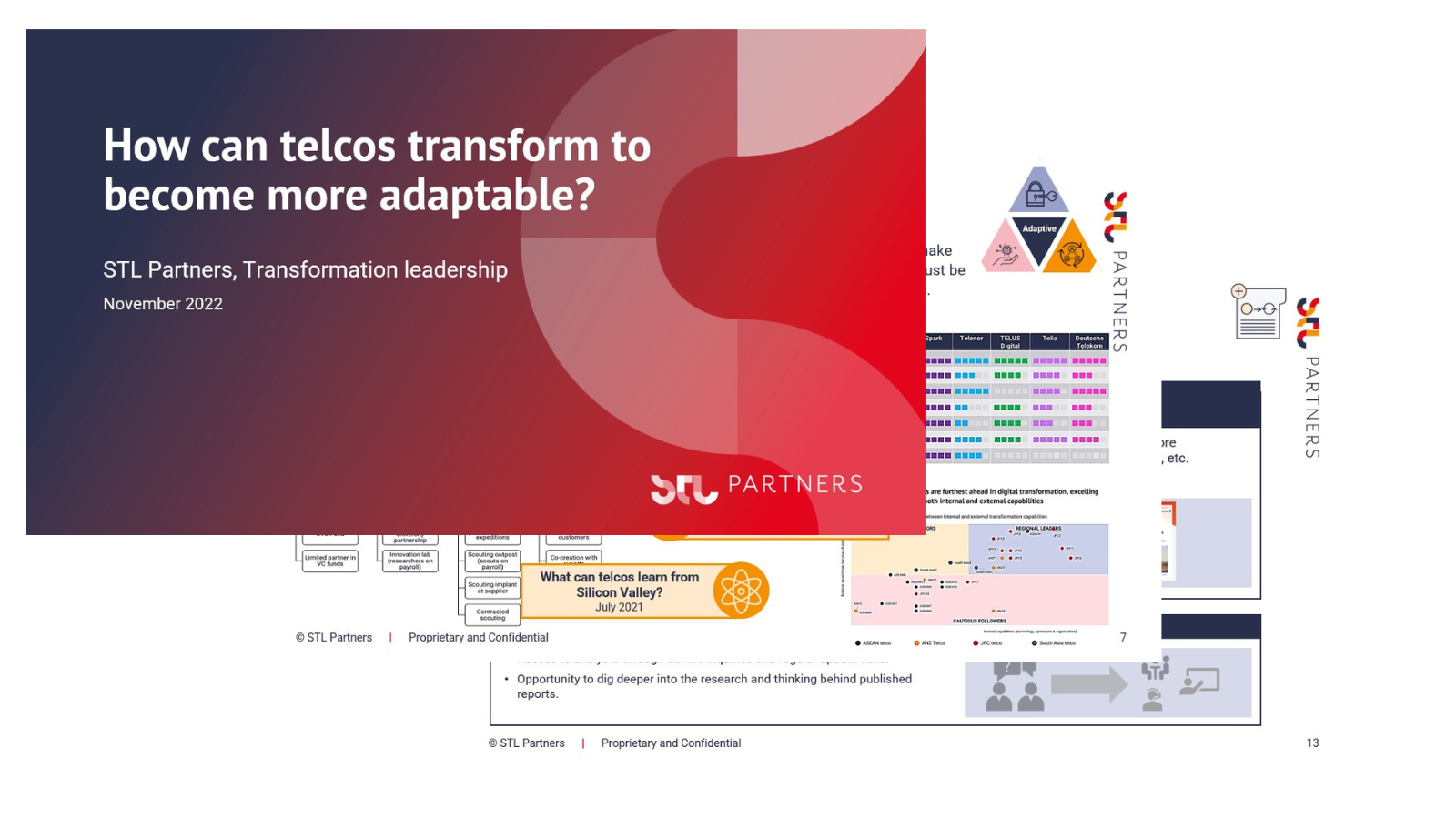
Neutral Host: How Open RAN and Neutral Host paves the way for 5G
Most operators are not planning to deploy Open RAN in their macro networks any time soon. However, Open RAN based neutral hosts offer a more immediate opportunity for operators to expand much needed 5G coverage: in-building, dense urban and rural. The macro networks will benefit too.
Why is neutral host important today?
Neutral Host is not a new idea. The system allows a third-party to invest in constructing the infrastructure for the public mobile access network, the use of which can then be offered to MNOs. In the past this has primarily operated through small cells and a distributed access system (DAS). A Neutral Host system is often cited to reduce costs whilst increasing flexibility and maintaining network visibility and control. Potentially this frees the telco from having to construct the infrastructure underlying the network, providing a mechanism for reducing deployment risks. There are several models which have been theorised by the industry which we will explore further in a future article.
Here however, we are focusing on the opportunity of Open RAN deployment of neutral hosts. The 5G trilemma of “range, latency, and speed” strains the traditional telco model by requiring a huge amount of physical infrastructure. With widespread adoption of 5G connectivity, densification of access points is becoming a prerequisite for low-latency and high throughput. The higher frequency of 5G spectrum bands reduce its range and, importantly, its capacity to penetrate walls. This, and the additional interference generated to overcome dB losses, makes in-building connectivity a considerable (and costly headache) for telcos to surmount. The same also applies for dense, built-up public spaces where more and more devices will be relying on high-speed connectivity.
Neutral host and the rural opportunity
5G deployment also presents a problem in rural areas where an individual telco serves only a few customers per node. This results in a high cost-to-customer ratio in these areas and ultimately makes it expensive to provide services in regions where the population density is low. Under traditional operating models, telcos must construct and manage their own infrastructure to serve customers. Even where they pursue (operationally and commercially challenging) network sharing arrangements, this creates a surplus of access points for only a very small number of customers.
The neutral host model potentially addresses both the densification and the rural issue by allowing telcos to use the infrastructure they need from a neutral host with neither having to provide the initial investment to deploy, nor shoulder much of the ongoing operating expense. Today in most countries, over 80% of MNO traffic comes from in-building and rural users. As 5G grows into ubiquitous connectivity, Open RAN can provide a range of business models which will enable the telco to serve this customer-base. With some notable greenfield players (Rakuten, DISH) most MNOs are not yet deploying Open RAN in the macro network. Neutral hosting offers a more immediate Open RAN opportunity for most telcos (both as a provider and customer). This will also advance the 5G promise of enabling the telcos’ evolution into more agile, software orientated organisations.
The obstacles to neutral host adoption…
Neutral host is not without challenges of its own. Foremost with LTE today is ensuring visibility and control over the end-to-end user experience. Were the neutral host to operate as an operator in its own right, with its own spectrum, licence, compliance and operations it would essentially offer a roaming service to MNOs. In addition to being costly, this would mean that the MNOs would lose end-to-end visibility of the network and therefore their customers’ experience. This diminishes control over the quality of their service and exposes them to another organisation’s standards and management. Additionally, because the telco would no longer be in control of the whole infrastructure, SLAs would be more complicated to enforce and innovations such as network slicing would be near-impossible to pursue.
Other forms of neutral hosting (ie Neutral Host DAS) typically require MNOs to bring their own networking equipment or adopt non-standard solutions which MNO are reluctant to invest in on-boarding. This makes them expensive to deploy and upgrade.
How Open RAN offers a way forward for neutral host
These limitations are major factors in the slow adoption of neutral host over the past 5 years. In the past, adopting neutral host would have fundamentally change the role of the telco. Open RAN could address these issues by opening the interfaces between the components in the RAN.As a result, the neutral host could simply build and manage some of components of the network whilst the telco transforms its radio access network into a completely virtualised operation. Instead of having to cede control of the network itself, the telco becomes a predominantly software player whilst maintaining almost complete visibility throughout the network.
On top of this, virtualisation would allow the neutral host to simultaneously run multiple networks as tenants. In this model, the neutral host could offer virtualised infrastructure for the operator’s own vDU and open interfaces to the remote radio unit (RRU), thereby ensuring the telco maintains greater control and visibility. The telco becomes a software-centric operation, increasing agility and enabling it to innovate much faster.
Alternatively, the telco could choose to become the neutral host itself, offering IaaS, PaaS, FaaS (network functions as a service) for others to operate alongside their own network. Within each of these models, virtualisation (VMs) can ensure secure, reliable and affordable service on common infrastructure. This is particularly relevant for the in-building market, where a widespread deployment of small cells would enable to telco to maintain access to a large proportion of their current customer base whilst adding new revenue streams simultaneously.
The future of Open RAN neutral hosting…
As of today, the Open RAN neutral hosting opportunity remains nascent. Building on initiatives such as Joint Operator Technical Specification (JOTS) forum, operators must develop the commercial and operational blueprints to realise Open RAN neutral hosting at scale.
Read more about Telco cloud
Telco cloud insights pack
This document will provide you with the latest insights from our research and consulting work, including some extract of our Telco Cloud Manifesto 2.0, and our latest analysis on open RAN.
Telco Network Energy Efficiency: The Role of the RAN in Future Energy Consumption
With sustainability increasingly front of mind for stakeholders, operators are looking to the RAN for energy saving solutions to support their journey to net zero. This article details both the need for such solutions and what is on offer in the current marketplace.
Network Futures overview pack
Our Network Futures Service provides a roadmap for new network ownership, regulation and partnership models, and insights. into new technologies, industry dynamics and new players.
A multi-vendor approach and its role in 5G success
This article draws on primary research with Tier 2 and 3 telcos conducted by STL which aimed to understand their approaches towards 5G SA.




